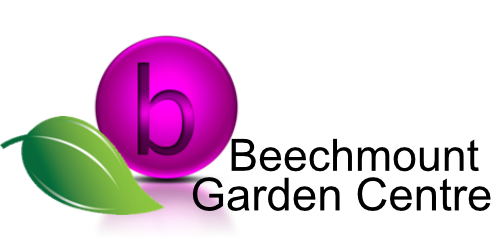Herbs
Most herb plants stay small and compact, making them the perfect choice for a small container garden.
START SHOPPING
-

Basil ‘Crimson King’
€4.50 -
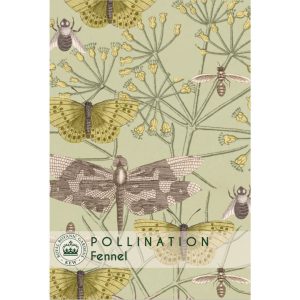
Fennel – Kew Pollination Collection
€5.50 -
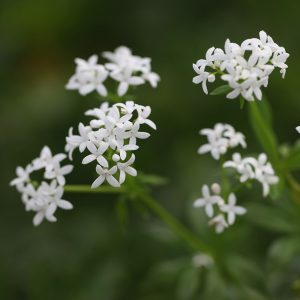
Galium odoratum – Sweet Woodruff 1ltr
€5.50 -
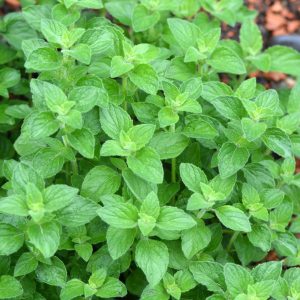
Garden Mint
€5.50 -
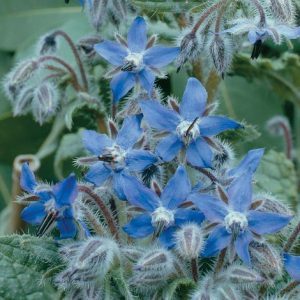
Herb Borage Seeds
€4.50 -
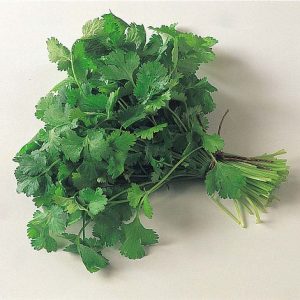
Herb Coriander
€4.50 -

Herb Coriander
€5.50 -
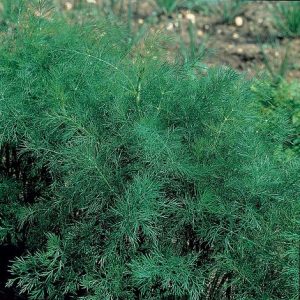
Herb Dill Seeds
€4.50 -
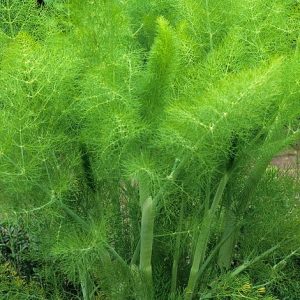
Herb Fennel Seeds
€4.50 -

Herb Lemon Balm
€3.60 -
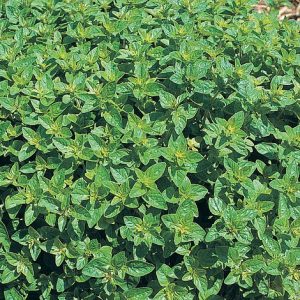
Herb Oregano
€4.50 -

Herb Parsley ‘Plain Leaved (Sheeps) 2’
€4.50 -
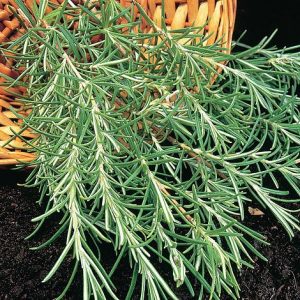
Herb Rocket Seeds
€4.95 -
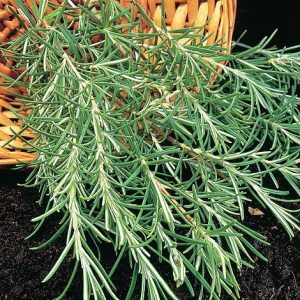
Herb Rosemary
€5.50 -

Herb Sage Seeds
€4.50 -
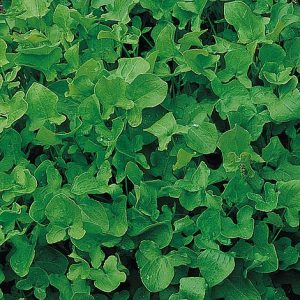
Herb Sorrel Seeds
€3.60 -
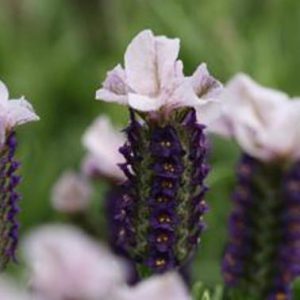
Lavandula Lilac Wings
€10.00 -
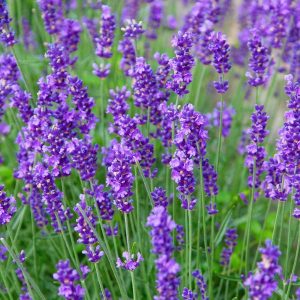
Lavandula Munstead
€10.00 -

Lavandula Vera
€10.00 -
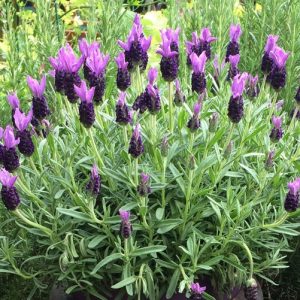
Lavender Herb
€5.50 -
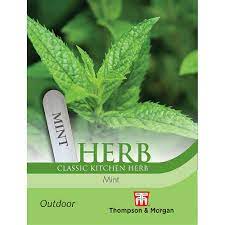
Mint Seeds
€4.50 -
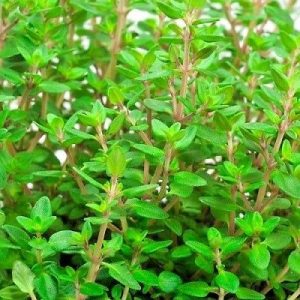
Thyme Herb
€5.50
Below You'll Find Our Herb Guide
Growing and taking care of herbs
Don’t forget the essentials that every gardener needs
-
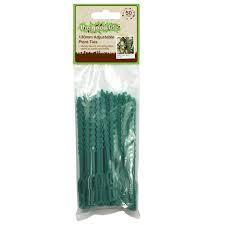
170mm Adjustable Plant Tie
€4.00 -
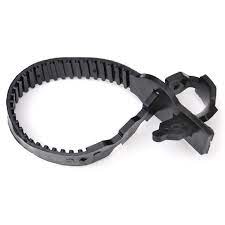
35cm Rubber Tree Tie
€1.50 -

60cm Rubber Tree Tie
€3.00 -
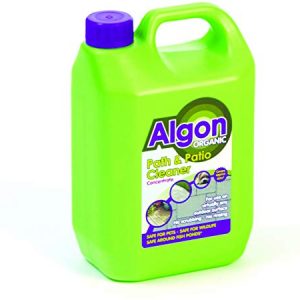
Algon ORGANIC Path & Patio Cleaner
€15.00 -
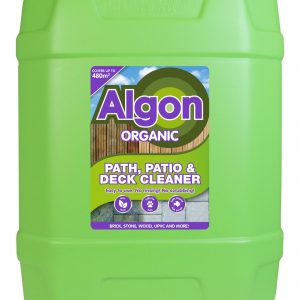
Algon Path & Patio Cleaner 20ltr
€80.00 -
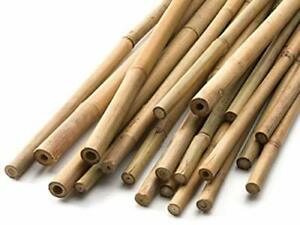
Bamboo Canes small
€5.00 -

Bird Food Nyjer Seed
€2.50 -

Bird Food Peanuts
€2.50 -

Bird Food Wild Bird Seed
€2.50 -
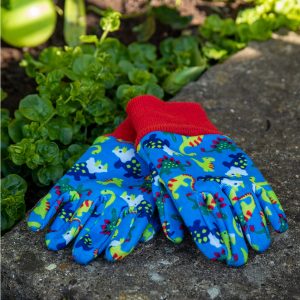
Blue Dinosaur Kids Gardening Gloves
€7.99 -
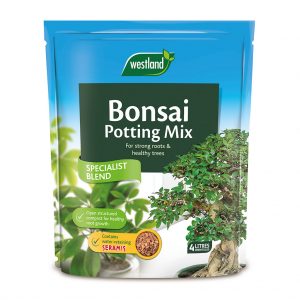
Bonsai Potting Mix
€7.99 -
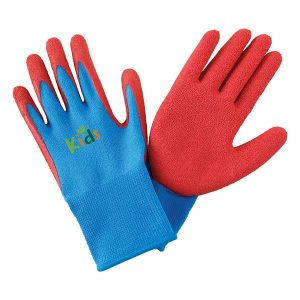
Budding Gardener Kids Gloves
€7.99
Most herb plants stay small and compact, making them the perfect choice for a small container garden. You can grow the herbs indoors or outdoors depending on the season and needs of the plant. Most potted herb varieties thrive outdoors in summer in all climates. Using the best ways to take care of the potted herbs ensures maximum productivity from a small container garden.
Containers and Soil
Most herb varieties require good soil drainage and they won’t grow in dry or overly wet soils. Using pots that have a bottom drainage hole allows the excess moisture to drain away. A well-drained pot combined with a peat-based potting soil further ensures proper soil drainage and moisture retention. Avoid heavy soils or regular garden soil since these tend to compact in the confines of a pot. The size of the container depends on the herb variety. Most small annual herbs do well in pots as small as 8 inches in diameter, while larger perennials, like rosemary, may require a gallon pot or larger.
Location
The sun and temperature requirements of the specific herb determines the best location. Most herbs can grow inside in a sunny windowsill, although the sun-loving varieties may not produce foliage as lush as they would outdoors. The majority of herbs grown for foliage tolerate some shade, especially in the afternoon. Too much direct sunlight or heat can shorten the productive life of cool season herbs like cilantro, so it’s best to always refer to the plant care tag for the specific variety to determine the prime container location. Temperature needs also vary between plants, with cilantro (coriandrum sativum), for instance, preferring cool spring and fall weather and basil (ocimum basilicum) growing best during the warmer days of summer. You can keep the containers indoors until the outdoor temperature reaches the optimum range for the herb variety.
Water Needs
Containers dry out more quickly than garden beds, especially when the herbs are set outside where sun and wind speed drying. Most indoor pots require watering every two to three days, or when the top inch of soil feels dry. Outdoor pots may require irrigation as often as once a day, or even up to twice a day during extremely warm weather. Checking the soil conditions daily ensures the soil contains the correct amount of moisture. Different herbs also have differing water needs. Basil, again, grows best in evenly moist soil while lavender (lavandula) and sage (salvia officinalis) prefer drier soil, so always reference the plant care tag before watering. Pots kept indoors should be set on a drip tray to catch any excess water as it drains. Empty the water out of these trays after each irrigation.
Fertilizer
Herbs generally require minimal fertilization. Too much fertilizer can result in a poor flavor, even if the plants produce more foliage. Like most care requirements fertilizer needs also vary depending on the plant. A dilute application of a balanced, soluble fertilizer, as low as a fourth of the package recommended rate, every three weeks during the productive phase of growth ensures the plant has enough nutrients to thrive.
Pruning and Harvesting
Foliage herbs tend to produce more when you prune and harvest from the plants often. Pruning also prevents the plants from outgrowing their pots. You can cut the foliage from a mature herb plant at any time until it begins to flower, by either removing individual stems or pruning back the entire plant by half its height. Herbs grown for seeds or flowers, such as coriander or chamomile, require harvesting either after the seeds dry on the plant or when the flowers are just about to fully bloom. Using clean shears to cut the herbs minimizes the chances of disease and keeps the potted herbs healthy and productive.

What You Can Do
Most herb varieties require good soil drainage and they won’t grow in dry or overly wet soils.





Get In Touch
046 9029710
sales@beechmount.ie
Trim Rd, Navan Co Meath
Let’s Build Your Dream Garden Together
Foliage herbs tend to produce more when you prune and harvest from the plants often.
